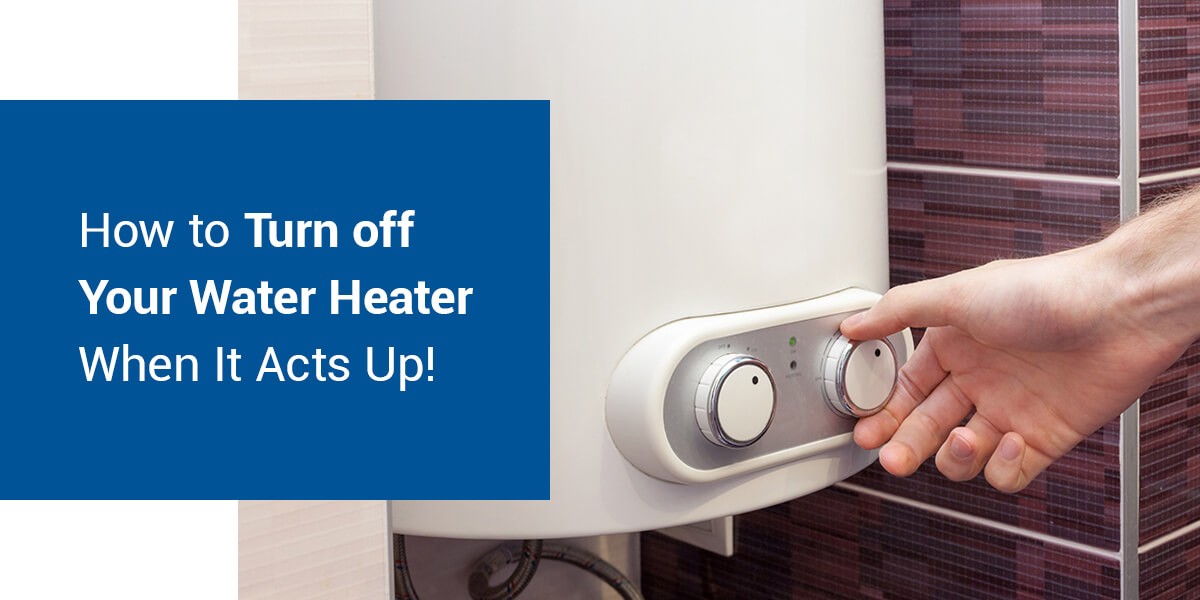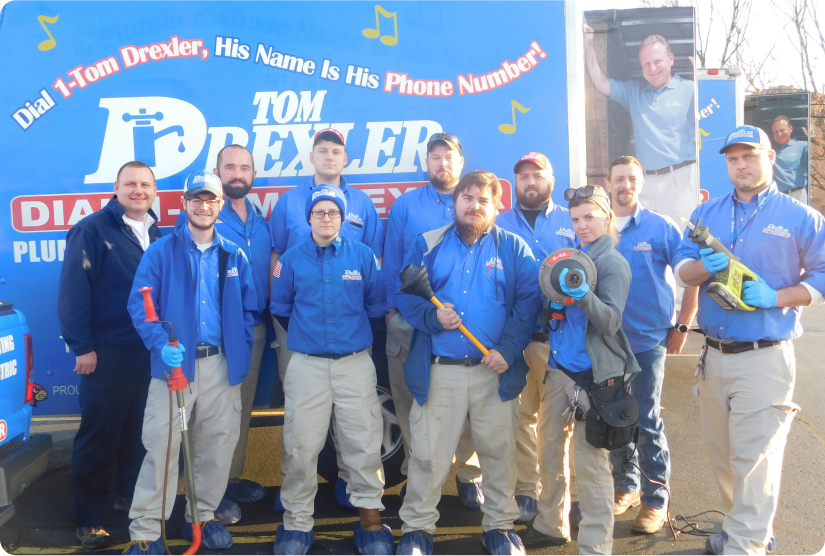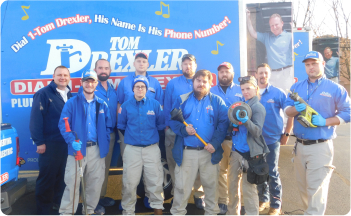Buying or Renovating a Home: What Should I Know About Old Plumbing?
Home plumbing is one of those things that people take for granted, right up to the point that something goes wrong. In many cases, the reason for the issue is because components in the system are old, worn, and outdated. If you are thinking of buying a home or maybe thinking about making some renovations to your current house, it pays to learn a little more about the challenges of old plumbing. Here are some specifics to keep in mind.
The Metal Used for the System
With older homes, the odds are that the plumbing system is composed mainly of metal pipes, joints, and fittings. While that was fine back in the day, some of the metals used at the time are not considered safe now. For example, if the dream house you want to buy and restore has lead pipes, you will need to replace them in order to bring the home up to current codes. Before you put in a bid, it pays to find out how much it will cost to get rid of all the lead and replace it with a more modern solution.
Lead is not the only possible problem. If you have cast iron pipes, they have likely sustained some damage over the years. Expect that all it will take for them to fail is one round of cold weather and the water freezing. Along with having to replace the broken pipes, you’ll also have to undo any damage that takes place when the water thaws.
What About Copper?
Perhaps the home you are thinking of buying or renovating has a system composed mainly of copper. That seems safe enough, doesn’t it? While this is a better set of circumstances for you, there are some potential problems.
It is true that copper plumbing is better in terms of discouraging the growth of bacteria, is more flexible, and is resistant to damage from UV rays. What you may not know is that copper will corrode over time. That corrosion can pave the way for what is sometimes referred to as pinhole leaks.
Consider what would happen if the water froze during a cold winter night. Copper, like most metals, will only expand so much. You may have good luck and the pipes do not burst. What does happen is that the ice leads to tiny holes in the body of a few pipes. The holes may be so small that you have trouble noticing they are present.
Once the ice melts and the water flow is restored, that is when you’ll notice water leaking from the pipes. The leaks may be small, but they have the potential to rot wood joists and frames, ruin insulation, and in general create a lot of additional damage. Since the leaks are so tiny, it may take some time before you notice anything is happening. By then, you’ll have no choice but to call a plumber and have the pipes replaced.
The Drain Slope
Unless you have some understanding of plumbing, you probably have never heard of the drain slope. This is a term that refers to the amount of drop that must take place in order to ensure the kitchen and bathroom drains function properly. With most home designs, the slope only has to be around three inches to ensure proper drainage.
In terms of older plumbing, it helps to know that drain installations were often a combination of eyeballing the angle and relying less on measuring. That means the slope in the pipes connected to the drain may not be sufficient. Over time, that increases the odds for clogs to develop. Unless you are willing to have a plumber come in and do something about the slope or angle, be prepared to have a professional visit the home once or twice a year to get rid of those clogs.
Remember that choosing to replace older plumbing will cost a lot of money. In terms of health benefits, the newer plastic components expand and contract easier, will not add more minerals to the water supply, and are less expensive to replace. Get a quote for replacing the entire system, and compare it to the cost of repairing and maintaining the old one. In most cases, the new system will pay for itself in just a few years.







